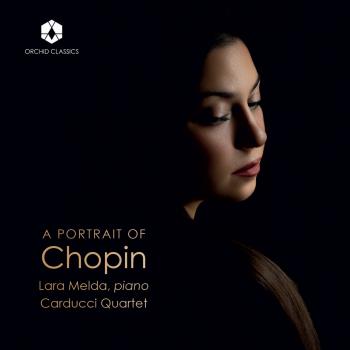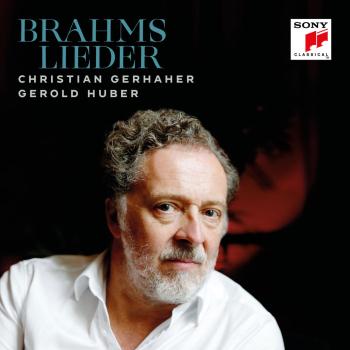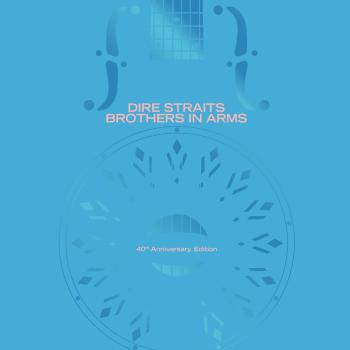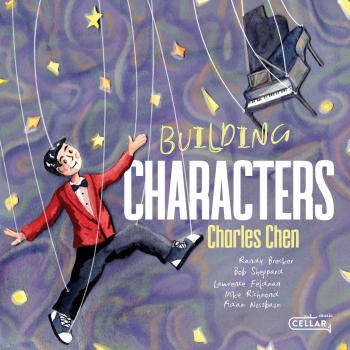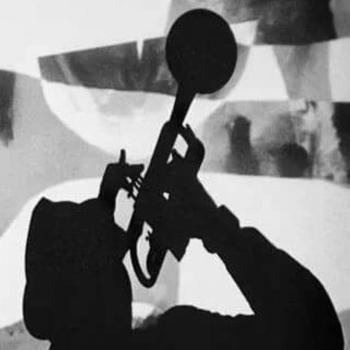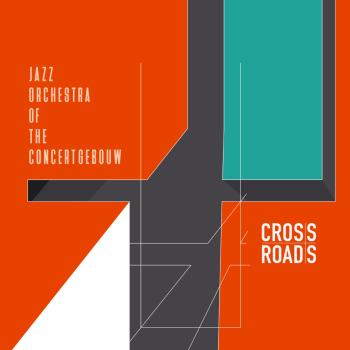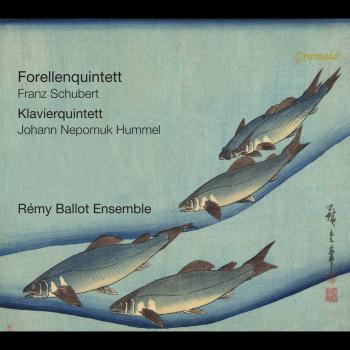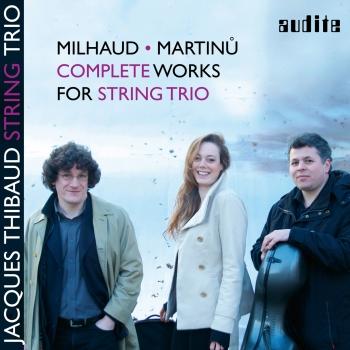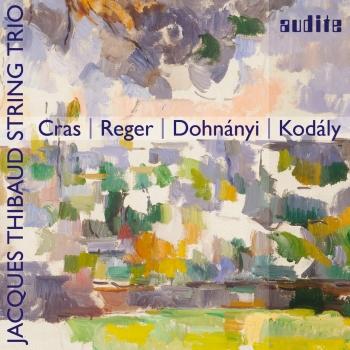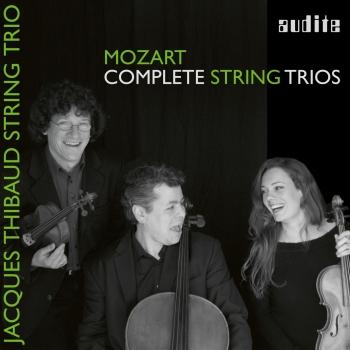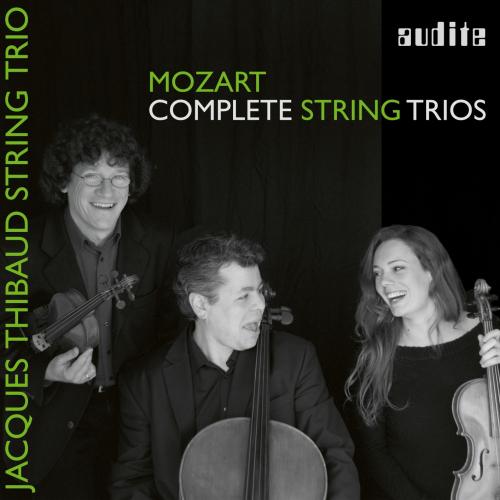
Wolfgang Amadeus Mozart: String Trios Jacques Thibaud String Trio
Album Info
Album Veröffentlichung:
2020
HRA-Veröffentlichung:
07.08.2020
Label: audite Musikproduktion
Genre: Classical
Subgenre: Chamber Music
Interpret: Jacques Thibaud String Trio
Komponist: Ludwig van Beethoven (1770-1827)
Das Album enthält Albumcover Booklet (PDF)
- Wolfang Amadeus Mozart (1756 - 1791): Divertimento in E-Flat Major, K. 563 ('Di sei Pezzi'):
- 1 Divertimento in E-Flat Major, K. 563 ('Di sei Pezzi'): I. Allegro 09:08
- 2 Divertimento in E-Flat Major, K. 563 ('Di sei Pezzi'): II. Adagio 09:10
- 3 Divertimento in E-Flat Major, K. 563 ('Di sei Pezzi'): III. Menuetto. Allegretto - Trio 06:13
- 4 Divertimento in E-Flat Major, K. 563 ('Di sei Pezzi'): IV. Andante 07:28
- 5 Divertimento in E-Flat Major, K. 563 ('Di sei Pezzi'): V. Menuetto. Allegretto - Trio I - Trio II 05:29
- 6 Divertimento in E-Flat Major, K. 563 ('Di sei Pezzi'): VI. Allegro 07:02
- 7 Preludes and Fugues, K. 404a - No. 1 in D Minor: Adagio 04:00
- Johann Sebastian Bach (1685 - 1750): Preludes and Fugues, K. 404a - No. 1 in D Minor:
- 8 Preludes and Fugues, K. 404a - No. 1 in D Minor: Fuga. Andante Cantabile (After J.S. Bach's BWV 853,8) 05:08
- Wolfang Amadeus Mozart: Preludes and Fugues, K. 404a - No. 2 in G Minor:
- 9 Preludes and Fugues, K. 404a - No. 2 in G Minor: Adagio 03:20
- Johann Sebastian Bach: Preludes and Fugues, K. 404a - No. 2 in G Minor:
- 10 Preludes and Fugues, K. 404a - No. 2 in G Minor: Fuga. Allegro (After J.S. Bach's BWV 883,14) 03:09
- Wolfang Amadeus Mozart: Preludes and Fugues, K. 404a - No. 3 in F Major:
- 11 Preludes and Fugues, K. 404a - No. 3 in F Major: Adagio 02:58
- Johann Sebastian Bach: Preludes and Fugues, K. 404a - No. 3 in F Major:
- 12 Preludes and Fugues, K. 404a - No. 3 in F Major: Fuga. Vivace (After J.S. Bach's BWV 882,13) 02:35
- Preludes and Fugues, K. 404a - No. 4 in F Major:
- 13 Preludes and Fugues, K. 404a - No. 4 in F Major: Adagio 03:07
- 14 Preludes and Fugues, K. 404a - No. 4 in F Major: Fuga. Allegro (After J.S. Bach's BWV 1080) 06:13
- Preludes and Fugues, K. 404a - No. 5 in E-Flat Major:
- 15 Preludes and Fugues, K. 404a - No. 5 in E-Flat Major: Largo 03:12
- 16 Preludes and Fugues, K. 404a - No. 5 in E-Flat Major: Fuga. Moderato (After J.S. Bach's BWV 526) 03:48
- Wolfang Amadeus Mozart: Preludes and Fugues, K. 404a - No. 6 in F Minor:
- 17 Preludes and Fugues, K. 404a - No. 6 in F Minor: Adagio 04:17
- Wilhelm Friedemann Bach (171 - 1784): Preludes and Fugues, K. 404a - No. 6 in F Minor:
- 18 Preludes and Fugues, K. 404a - No. 6 in F Minor: Fuga (After W.F. Bach's F.31 No. 8) 03:24
- Wolfang Amadeus Mozart: String Trio in G Major, K. Anh. 66 / K. 562e (Fragment):
- 19 String Trio in G Major, K. Anh. 66 / K. 562e (Fragment): I. Allegro 04:11
Info zu Wolfgang Amadeus Mozart: String Trios
Mozarts sämtliche Werke für Streichtrio in der neuen Aufnahme mit dem Jacques Thibaud String Trio: Neben dem bekannten Divertimento KV 563 sind auch die Sechs Adagios und Fugen KV 404a komplett enthalten sowie das Fragment KV Anh. 66; Letzteres und Adagio und Fuga KV 404a Nr. 6 f-Moll sind als Download-Bonustracks erhältlich.
Die Adagios und Fugen sind einzigartige Zeugnisse von Mozarts Beschäftigung mit dem Werk Bachs. In ihnen finden sich drei Fugen aus dem Wohltemperierten Klavier wieder, zudem jeweils eine Fuge aus der Kunst der Fuge und aus einer Orgelsonate sowie eine Fuge von Wilhelm Friedemann Bach. Vier langsame Einleitungen komponierte Mozart wahrscheinlich selbst, zwei langsame Sätze stammen wiederum aus Orgeltriosonaten von Bach. Mozart schrieb die Arrangements für die Sonntagsbesuche bei Baron van Swieten und wirkte bei den Aufführungen an der Viola selbst mit. Dass sich Mozart ganz bewusst an den „alten Meistern“ schulte, hatte maßgeblichen Einfluss auf seine späteren Kompositionen.
Das sechssätzige Divertimento KV 563 von 1788 gilt als das Streichtrio schlechthin. Es ist Kammermusik von höchstem Anspruch, harmonisch reich und kontrapunktisch kunstvoll gearbeitet. Mozart verlangt den Interpreten hier noch deutlich mehr Virtuosität ab als in den Violinkonzerten oder der Sinfonia concertante KV 364 für Violine, Viola und Orchester. Im dreistimmigen Satz lotet Mozart erstaunliche Tiefen aus, Doppelgriffe ahmen zuweilen den Quartettklang nach, jedes Instrument übernimmt immer wieder die Führung – die Streicher agieren völlig gleichberechtigt, wobei Viola und Violoncello besonders dankbare melodische Aufgaben übernehmen. Das gesamte Potenzial des Streichtriospiels verdichtet sich in diesem großartigen Werk zu einem 50-minütigen Musikerlebnis im Mozart’schen Spätstil.
Jacques Thibaud String Trio
Jacques Thibaud String Trio
Burkhard Maiß, Bogdan Jianu and Andrei Banciu have been playing together since 2002 when Andrei Banciu started concertizing with the Jacques Thibaud String Trio.
After playing the piano quartet repertory together for so many years it seemed to be natural to concertize as a piano trio and spend more time with the great trios by Haydn, Mozart, Beethoven, Mendelssohn and many others, combining them in their programms with string trios and piano quartets.
The founders of the ensemble Burkhard Maiß, Bogdan Jianu and Andrei Banciu have all established their reputations through successful performances throughout Europe, Asia, Scandinavia, South America, the United States and Canada. They could be heard in such famous venues as the Wigmore Hall, Carnegie Hall, the Concertgebouw, the Mozarteum, Maison de Radio France and the Berlin Philharmonie.
As inspiration, the musicians have chosen the name of the French violinist Jacques Thibaud, who, beside his career as soloist was a world-famous chamber musician who next to traditional works, premiered many new and unknown compositions. He performed, for example, the now famous works of Debussy and Szymanovsky, working closely together with the composers.
Prize-winners in the prestigious 1999 Bonn Chamber Music Competition, the Jacques Thibaud String Trio was founded at the Berlin School of Art in 1994. Since then, the ensemble has performed throughout Europe, Japan and North America, receiving tremendous acclaim from audiences and critics alike.
Calling their playing “spontaneous and commanding,” the New York Times said, “this could be the first string trio in some time to have a major career.”
In December 2005, the trio gave five performances in San Francisco and other west coast cities of Mozart's rare, unfinished Sinfonia Concertante for Violin, Viola, Cello and Orchestra with the San Francisco Chamber Orchestra.
With their charm, youthful exuberance and astounding virtuosity, the Trio has delighted audiences of all ages in large and small venues. In the U.S., they have appeared at Lincoln Center’s Alice Tully Hall, New York City’s Frick Collection (twice), Washington DC’s National Gallery, hundreds of other venues including Stanford University, the Caramoor Festival, the Cleveland Museum of Art, and cities including Boston, Los Angeles, Chicago, Pittsburgh, San Francisco, San Diego, Milwaukee, Houston, Dallas, San Antonio, Memphis, Indianapolis, Phoenix, Tucson, Salt Lake City and Honolulu. As Ensemble-in-Residence at the 2001 Florida International Festival, they drew an audience of over two thousand to their final concert. They have also given successful residencies in a settings ranging from conservatories to music camps to an Indian reservation in Arizona.
Internationally, the Trio has appeared at London’s Wigmore Hall, throughout Germany, in major Japanese cities on several tours, and at some of Europe’s most prestigious festivals including Belgium’s Musica Mundi, Gidon Kremer’s Echternach Festival in Luxembourg, and Denmark’s Roskilde Schubert Festival.
In 2009 they played a gala –concert for the German embassy in Paris at Palais Beauharnais in Paris.
Recent performances included concerts in Germany (Berlin) , Belgium and Netherlands (Amsterdam.)
The trio consists of Burkhard Maiss, Hannah Strijbos and Bogdan Jianu.
Booklet für Wolfgang Amadeus Mozart: String Trios

